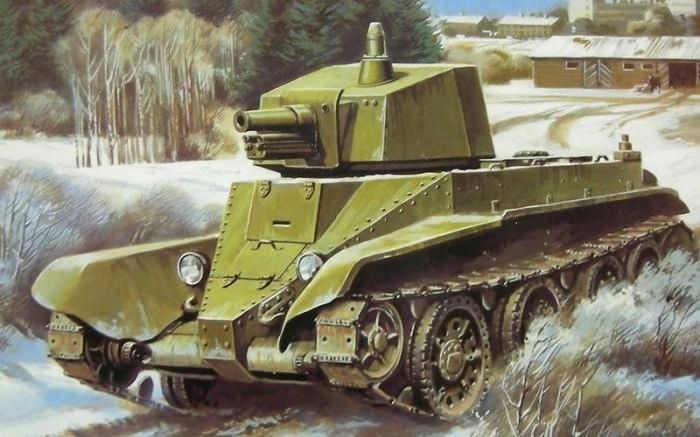|
|
Tank Drawing
|
Command, control and communications
Commanding and coordinating tanks in the field has always been subject to particular problems, particularly in the area of communications, but in modern armies these problems have been partially alleviated by networked, integrated systems that enable communications and contribute to enhanced situational awareness.
• Early
Armoured bulkheads, engine noise, intervening terrain, dust and smoke, and the need to operate "buttoned up" are severe detriments to communication and lead to a sense of isolation for small tank units, individual vehicles, and tank crewmen. Radios were not then portable or robust enough to be mounted in a tank, although Morse Code transmitters were installed in some Mark IVs at Cambrai as messaging vehicles. Attaching a field telephone to the rear would became a practice only during the next war. During World War I when these failed or were unavailable, situation reports were sent back to headquarters by some crews releasing carrier pigeons through loopholes or hatches and communications between vehicles was accomplished using hand signals, handheld semaphore flags which continued in use in the Red Army/Soviet Army through the Second and Cold wars, or by foot or horse mounted messengers.
|
|









